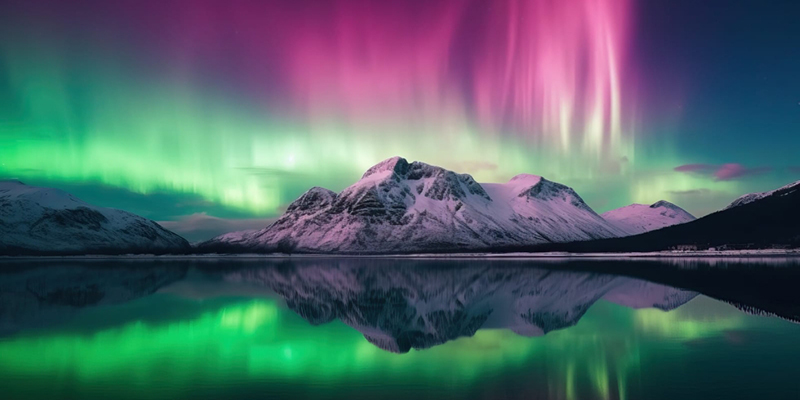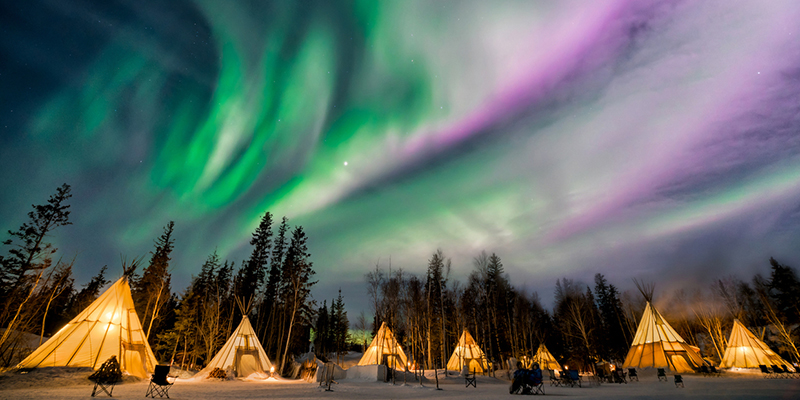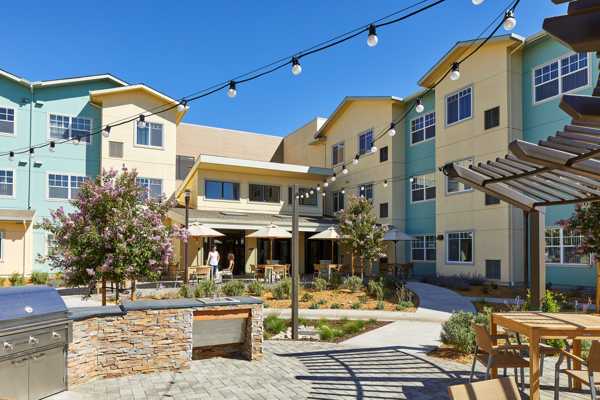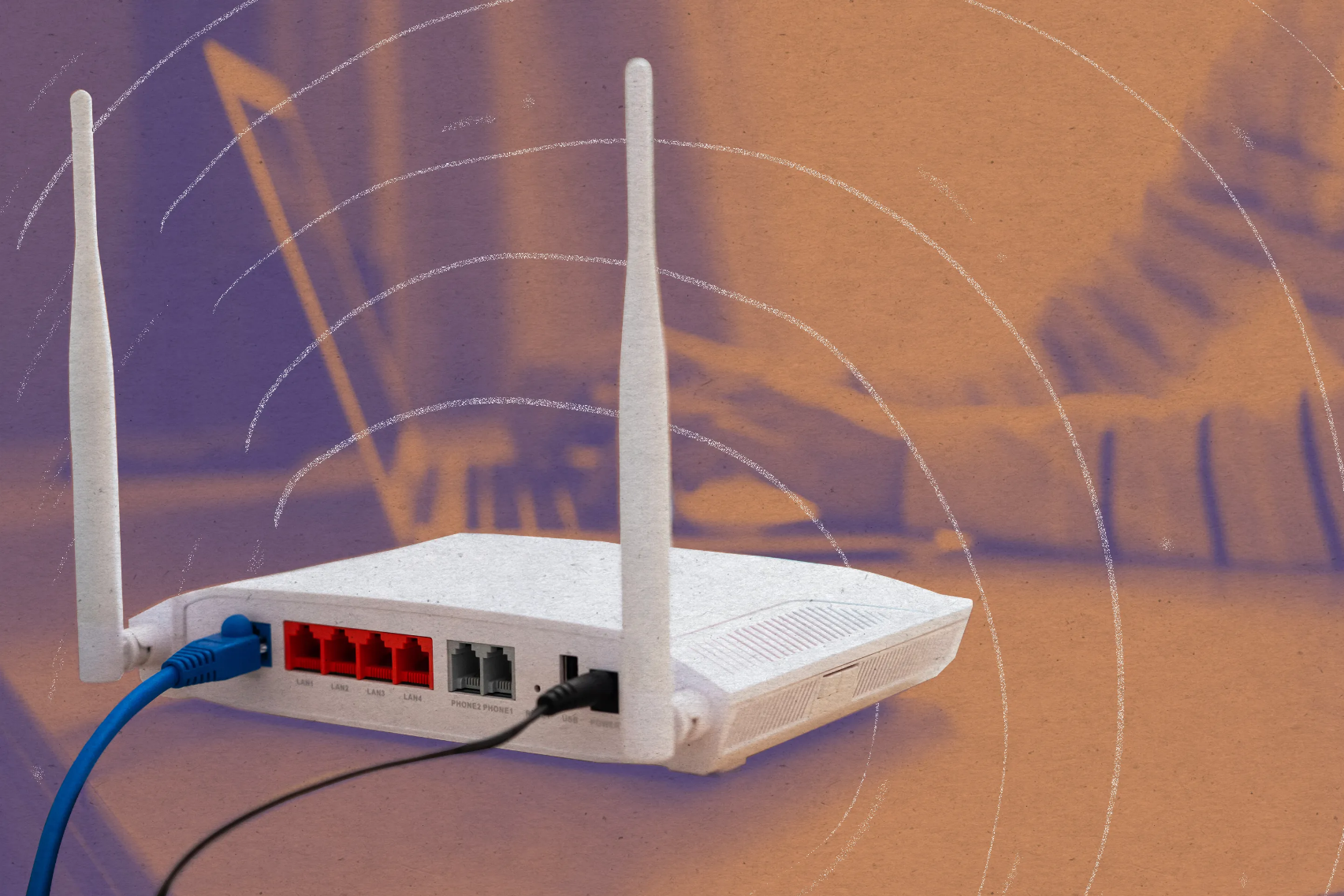What Are The Best Places To See The Northern Lights?
The northern lights, also known as the Aurora Borealis, beckon adventurers with their mesmerizing spectacle across the Arctic skies. Imagine standing under a vibrant canopy of greens, purples, and pinks, as nature puts on a stunning performance that feels almost surreal. This breathtaking natural phenomenon leaves viewers spellbound, evoking a sense of wonder that transcends the ordinary. If you’ve ever imagined witnessing the enchanting dance of the auroras, join us as we delve into the best locations to immerse yourself in this dazzling experience and transform that dream into reality.
The northern lights, also known as the Aurora Borealis, beckon adventurers with their mesmerizing spectacle across the Arctic skies. Imagine standing under a vibrant canopy of greens, purples, and pinks as nature puts on a stunning performance that feels almost surreal. This breathtaking natural phenomenon leaves viewers spellbound, evoking a sense of wonder that transcends the ordinary. If you've ever imagined witnessing the enchanting dance of the auroras, join us as we delve into the best locations to immerse yourself in this dazzling experience and transform that dream into reality.

Understanding The Northern Lights
The northern lights are a captivating natural display characterized by vibrant colours illuminating the night sky, primarily greens, pinks, and purples. This stunning phenomenon occurs when charged particles emitted from the sun collide with the gases in Earth's atmosphere, mainly oxygen and nitrogen. These interactions create beautiful light displays, influenced by solar activity such as solar flares and coronal mass ejections, which propel energetic particles toward Earth. The colours exhibited depend on the type of gas involved and the altitude of these interactions; for instance, oxygen at high altitudes can yield red and green hues, while nitrogen may create blue or purple shades. The appearance of the auroras can vary significantly, often taking on forms such as arcs, bands, or swirling curtains, captivating those lucky enough to occupy regions known for this celestial wonder.
Top Destinations To Experience The Northern Lights
1. Alaska, USA
Alaska is one of the foremost destinations for witnessing the spectacular northern lights. Fairbanks is frequently highlighted as the prime location where auroras can be seen over 240 nights yearly. Key spots for viewing include the Murphy Dome and the Steese Highway, which boast stunning views free from urban light pollution. The ideal window for experiencing the northern lights stretches from late August to April, with the most breathtaking displays typically unfolding during the chill of December and January. Visitors can partake in organized adventures like dog sledging under the dancing lights or relax in cosy lodges that offer guided viewing experiences. Alaska's rich Indigenous culture deepens the experience, providing opportunities to learn about local folklore and traditions associated with the auroras.
2. Tromsø, Norway
Tromsø, often called the "Gateway to the Arctic," boasts exceptional conditions for northern light observation, all thanks to its prime geographical position within the auroral oval. Notable viewing locations include the Tromsø Bridge and the Fjellheisen cable car, which affords breathtaking aerial views. From late September to early April, especially during winter, visitors can witness a mesmerizing array of colours in the sky. Tromsø thrives with organized excursions, including snowmobile tours and reindeer sledging that blends the thrill of Arctic exploration with the ethereal beauty of the auroras. The city's energetic atmosphere is enhanced further by cultural events, which add rich layers of Norwegian heritage to the northern lights experience.
3. Reykjavik, Iceland
The capital of Iceland, Reykjavik, serves as an excellent launchpad for Northern Lights fans. While the auroras can occasionally be seen from the city, clearer views are found further away, particularly in rural areas such as Grotta Lighthouse. The optimal time for aurora watching ranges from late September to mid-April, with October and March being especially abundant in views. Tour operators regularly arrange excursions to stunning locations like Þingvellir National Park or Snaefellsnes Peninsula, where the remote scenery becomes a breathtaking backdrop for witnessing the light show. Coupled with geothermal wonders and local legends, relaxing in nearby hot springs creates Iceland's uniquely rich cultural experience.
4. Yellowknife, Canada
Nestled in the Northwest Territories, Yellowknife is renowned for its crystal-clear skies and extended viewing season from mid-November to April. Popular viewing areas include Frame Lake and the famous Aurora Village, complete with dedicated platforms that ensure comfort while you observe. The prime months, February and March, typically yield the most vivid and dynamic displays. The local culture adds depth to the experience, with various Indigenous guided tours that weave in storytelling about the significance of these magnificent lights within Dene culture. Moreover, many tour operators now offer specialized sessions for capturing photographs of the northern lights, allowing memories of this incredible experience to last indefinitely.

5. Lapland, Finland
Lapland is a whimsical portal to the northern lights, particularly around Rovaniemi and Levi. This enchanting region offers numerous vantage points, including the Kemi River and several tree-covered hills that enhance the visual experience. The lights may be viewed from late August to April, with the best chances occurring in December and January—unique activities such as visiting Santa Claus Village during the aurora season merge festive charm with natural wonder. Numerous tour operators provide opportunities for thrilling sleigh rides and snowshoeing adventures beneath the shimmering lights, allowing travellers to authentically engage with the enchanting Lapland wilderness while experiencing local Sámi traditions.
6. Abisko, Sweden
Abisko, often outshined by more popular destinations, is a hidden gem within the Arctic Circle that offers uniquely clear skies suitable for viewing northern lights. Abisko National Park is a premium vantage point, particularly from the Aurora Sky Station. The peak viewing season encompasses November to March, with occasional sightings as early as October. This area is revered for its microclimate, which produces a higher occurrence of clear nights than its counterparts. Activities here can include skiing and snowboarding during the day, which perfectly complements the exhilarating ambience of evening aurora explorations. Guided tours here often interlace the narratives of indigenous culture, enriching the overall experience.
Tips For Maximizing Your Northern Lights Experience
To optimize your chances of witnessing the northern lights, plan your visit between late September and March when the nights extend to their most prolonged durations. Staying aware of local aurora forecasts and weather conditions is crucial, as clear skies amplify visibility. Equip yourself with a DSLR or mirrorless camera, a sturdy tripod, and wide-angle lenses to capture stunning visuals effectively. Dressing in layers with thermal outerwear, warm gloves, and durable boots is essential for comfort in the cold. Utilize local guides or apps for real-time aurora alerts to ensure you don't miss out on this breathtaking spectacle!
An Unforgettable Adventure Awaits
The northern lights represent a captivating natural wonder that enchants all fortunate enough to witness them. This awe-inspiring spectacle should place itself high on everyone's travel bucket list. Picture gazing at the vibrant hues of green and purple dancing gracefully across the night sky—an experience that sparks both wonder and adventure. Don't let this extraordinary moment slip away—plan your journey today! Be it the snowy vistas of Iceland or the tranquil wilderness of Canada, decide to book your trip now to experience the northern lights firsthand, creating unforgettable memories that will last a lifetime.







